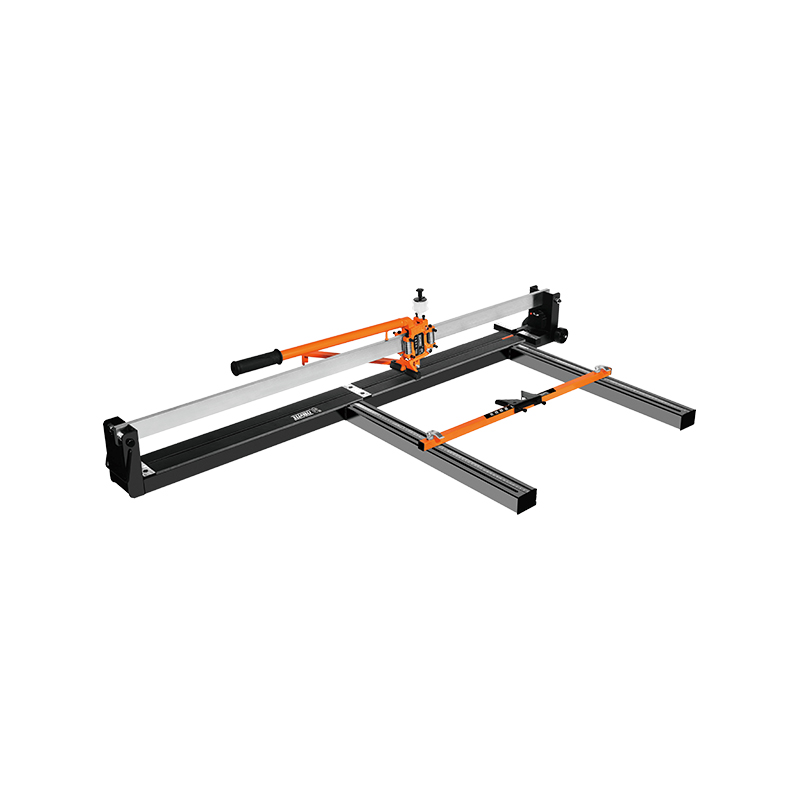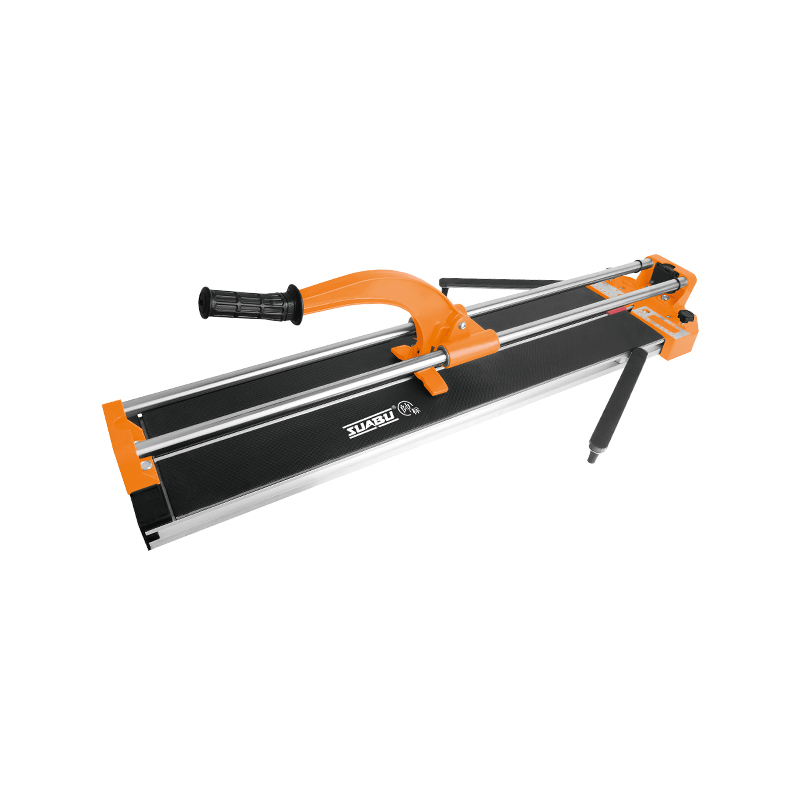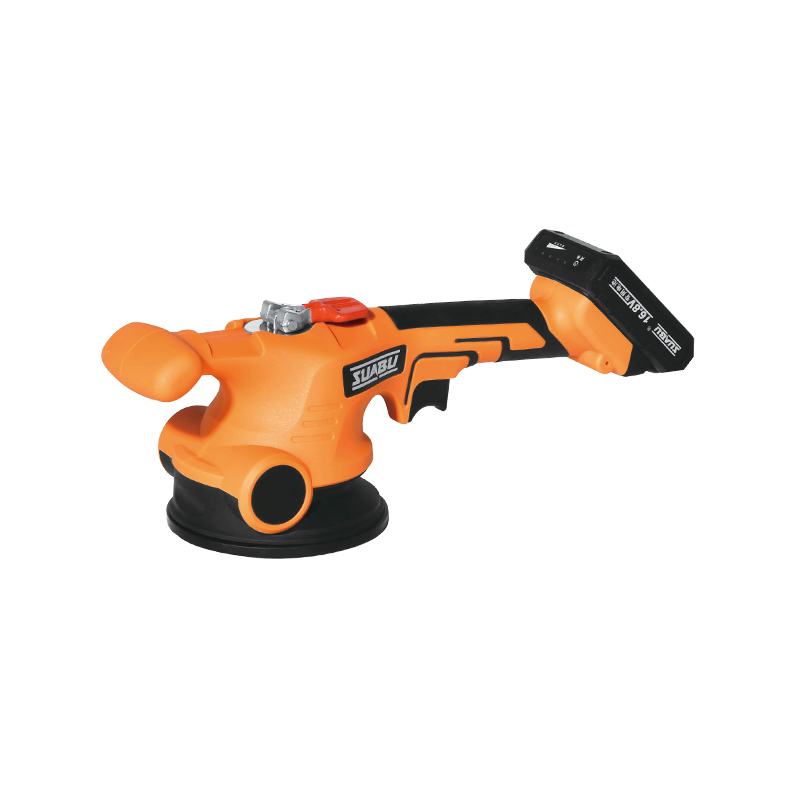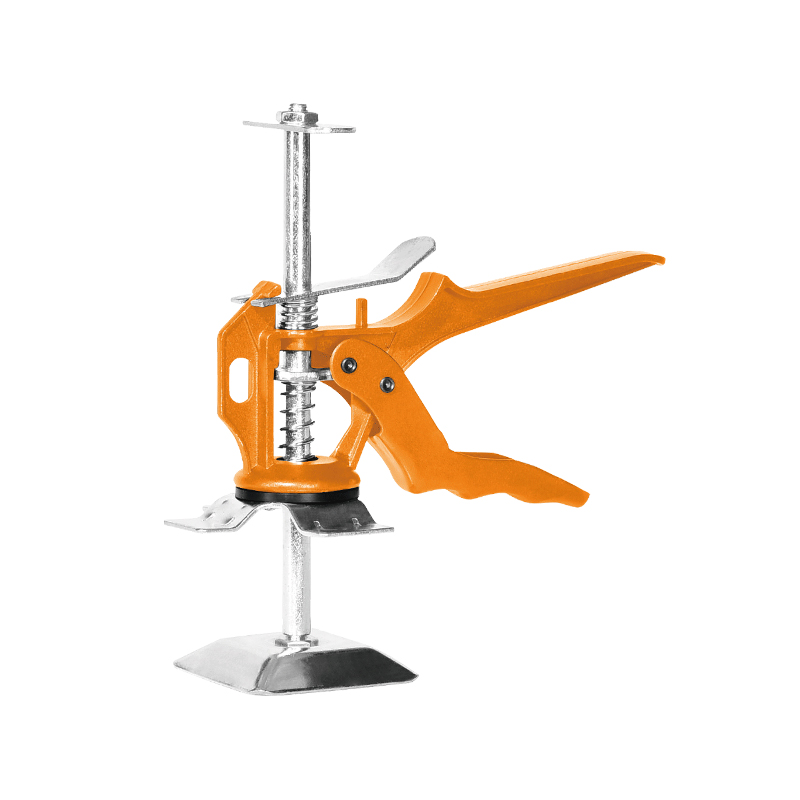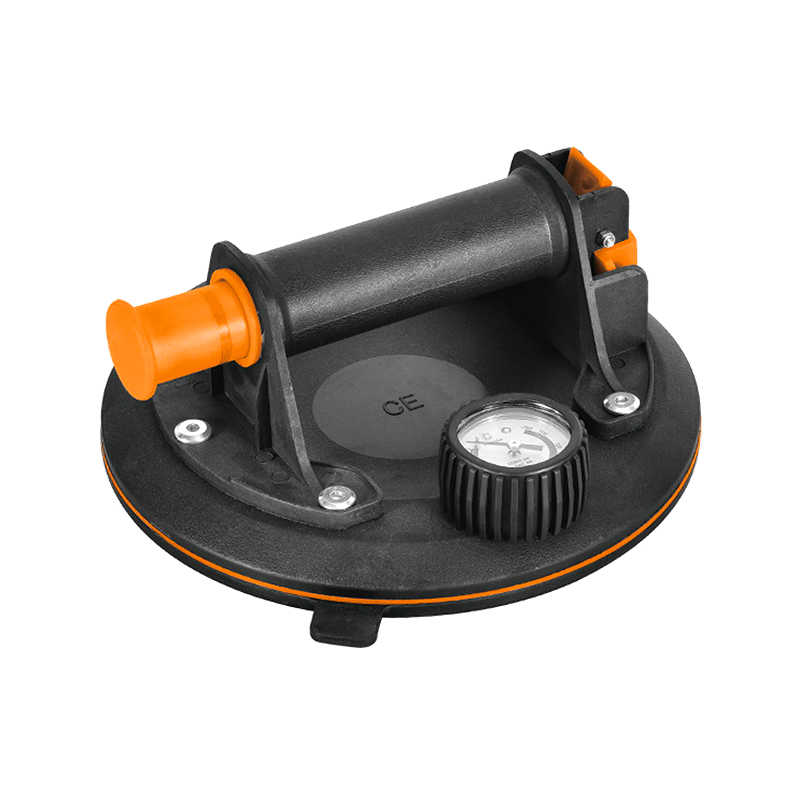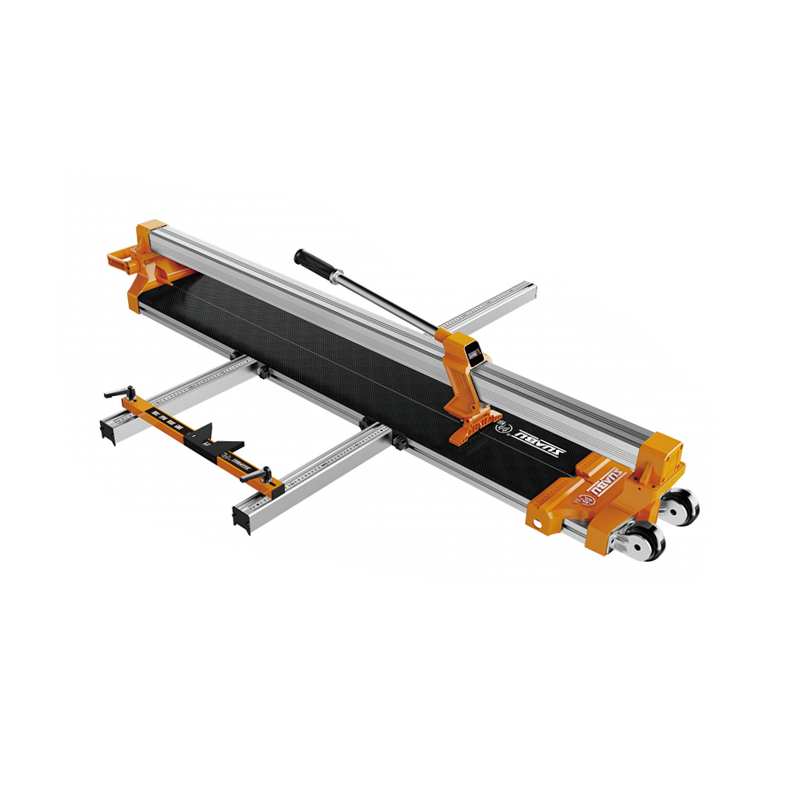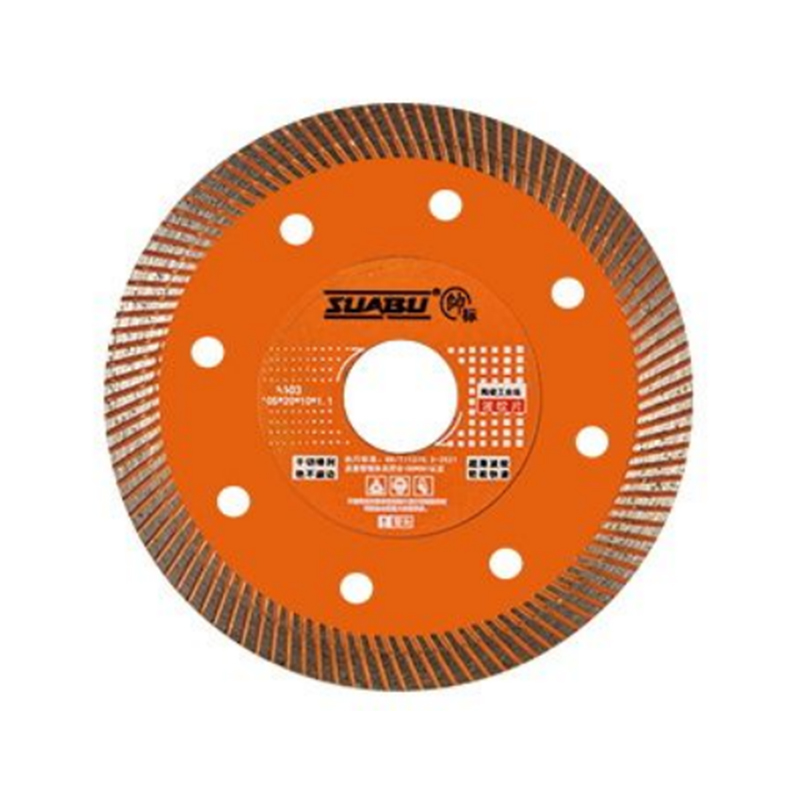Hollow Tiles After Installation? How to Fix It with a Vibration Machine for Tiles
2025-02-14
A common issue in tile installation is the presence of hollow spaces beneath the tiles, also known as "hollow tiles" or "tile voids." This occurs when the adhesive does not fully bond with the tile, causing to weak spots that can cause cracks, uneven surfaces, or even tile detachment over time. Fortunately, a vibration machine for tiles can effectively resolve this issue by ensuring even adhesive distribution and eliminating air pockets during installation. In this guide, we will explore why hollow tiles occur, how to detect them, and how a vibration machine for tiles can help fix and prevent this problem.
601-5 21V Cordless Electric Tile Vibrator Machine
1. Why Do Hollow Tiles Occur?
Hollow tiles are typically caused by improper tile installation. The common reasons include:
Insufficient adhesive coverage – If the adhesive is not spread evenly, it leaves gaps between the tile and the subfloor.
Improper tile laying technique – Simply pressing tiles into the adhesive manually may not provide enough force to remove air pockets.
Fast drying of adhesive – If the adhesive starts drying before the tile is placed, it won't bond effectively.
Uneven subfloor – A rough or unlevel surface can prevent full contact between the tile and adhesive.
Using a vibration machine for tiles during installation significantly reduces the chances of these issues occurring by ensuring a strong, even bond between the tile and the adhesive.
2. How to Detect Hollow Tiles?
Before fixing hollow tiles, it's important to identify them. You can detect hollow tiles using the following methods:
Tapping Test – Lightly tap the tile surface with a rubber mallet or a hard object. A hollow sound indicates an air gap beneath the tile.
Listening for Differences – Compare the sound of different tiles; solidly bonded tiles produce a deeper tone, while hollow tiles sound empty.
Feeling for Loose Movement – If the tile shifts slightly when pressure is applied, it may not be securely bonded.
Once hollow tiles are identified, using a vibration machine for tiles can help correct the problem effectively.
3. How a Vibration Machine for Tiles Fixes Hollow Tiles
A vibration machine for tiles is a specialized tile paving tool that applies consistent, controlled vibrations to settle tiles firmly into the adhesive. Here's how to use it:
Step 1: Apply Sufficient Adhesive
Before placing the tile, ensure that the adhesive is spread evenly using a notched trowel. A proper adhesive layer helps create strong contact between the tile and the floor.
Step 2: Place the Tile in Position
Position the tile carefully in the desired location. Avoid sliding it too much, as this can displace the adhesive.
Step 3: Use the Vibration Machine for Tiles
Turn on the vibration machine for tiles and gently place it on the tile's surface. Let it vibrate for a few seconds, allowing the adhesive to spread evenly and eliminating trapped air pockets.
Step 4: Adjust and Check for Hollow Sounds
After vibrating the tile, perform another tapping test to ensure that the hollow sound is reduced or eliminated. If needed, reapply adhesive and repeat the process.
Step 5: Clean Excess Adhesive
Once the tile is properly set, remove any excess adhesive before it dries to prevent uneven grout lines.
4. Benefits of Using a Vibration Machine for Tiles
A vibration machine for tiles offers multiple benefits, making it an essential tile paving tool for professional and DIY tile installers:
Ensures Stronger Bonding – Reduces air pockets and enhances the adhesive's grip on the tile.
Prevents Future Tile Damage – Eliminates weak points that may cause to cracks or detachment.
Speeds Up Installation – Helps tiles settle quickly and efficiently.
Reduces Manual Labor – Less physical effort is required compared to manually pressing tiles.
5. Preventing Hollow Tiles in Future Installations
To avoid hollow tiles in future projects, consider the following practices:
Always use a vibration machine for tiles when installing large-format tiles or heavy stone tiles.
Ensure the adhesive is fresh and applied in an even layer.
Level the subfloor before installation to prevent uneven bonding.
Perform regular tapping tests during installation to detect and fix hollow spots immediately.
A vibration machine for tiles is an essential tile paving tool that significantly improves the quality of tile installation by ensuring even adhesive distribution and eliminating air pockets. Hollow tiles can cause to costly repairs and aesthetic issues, but by using a vibration machine for tiles, you can prevent these problems and achieve a perfectly installed surface. Whether you're a professional installer or a DIY enthusiast, investing in a vibration machine for tiles will save time, effort, and money while ensuring a flawless tile finish.


